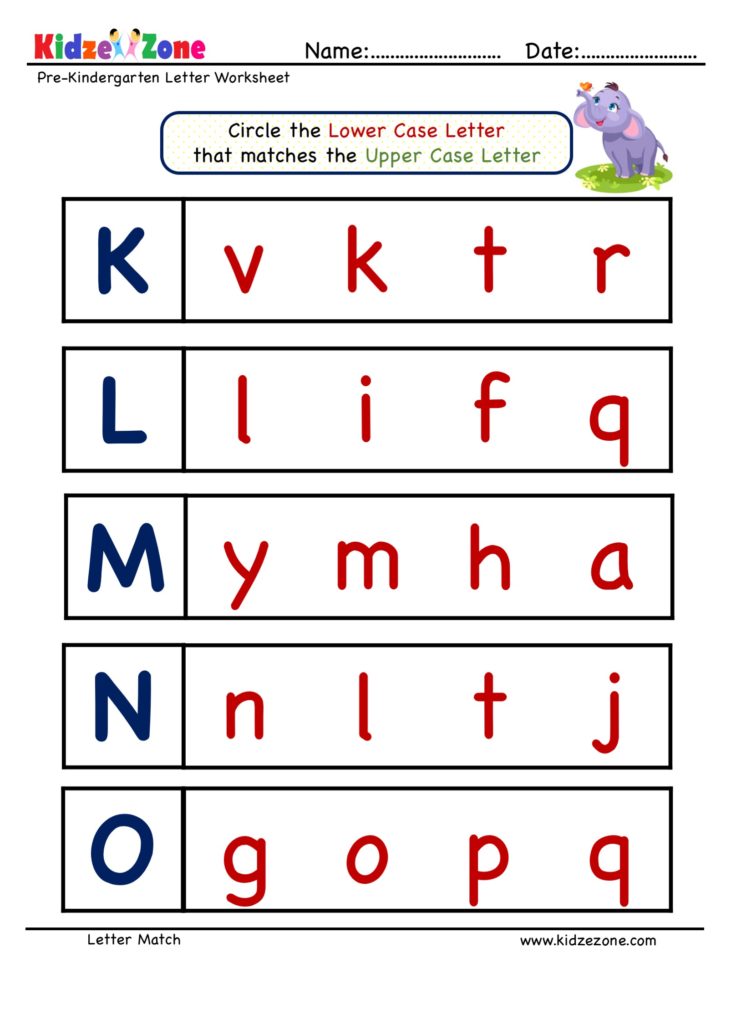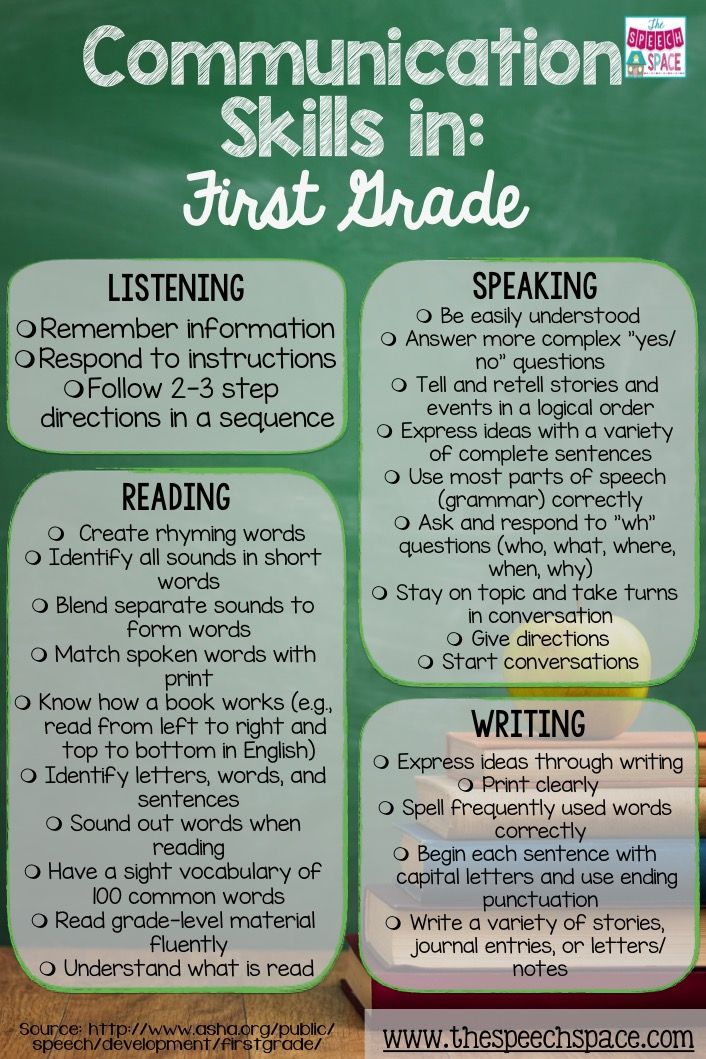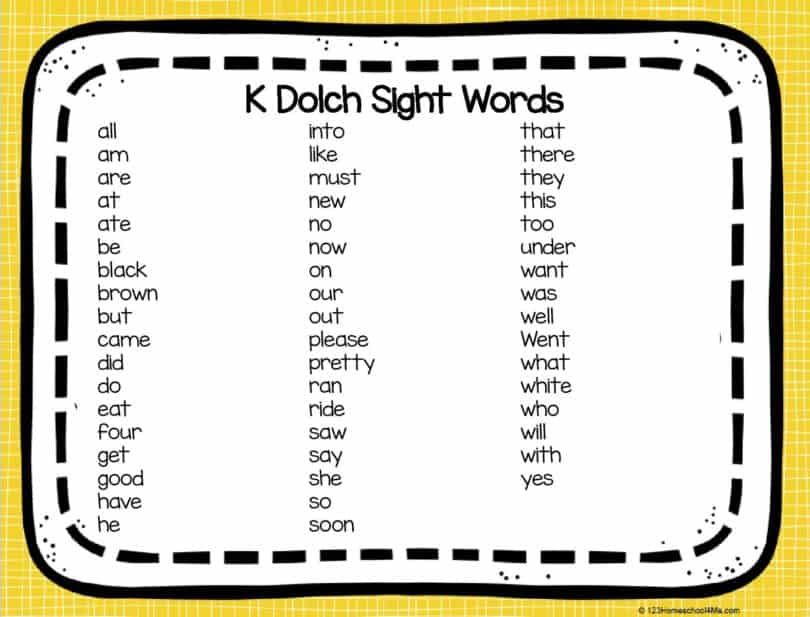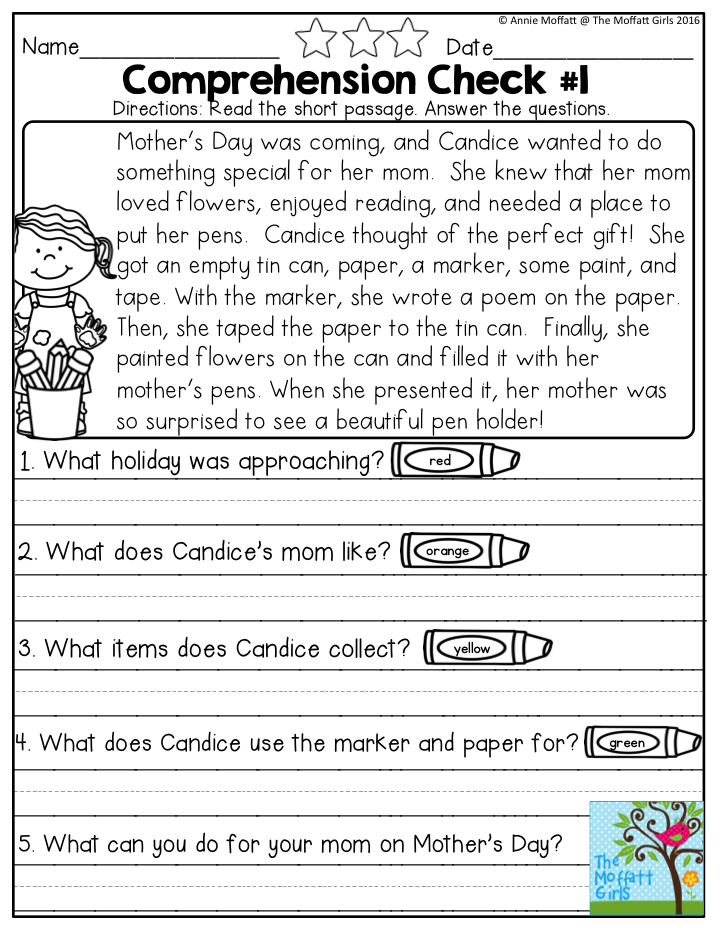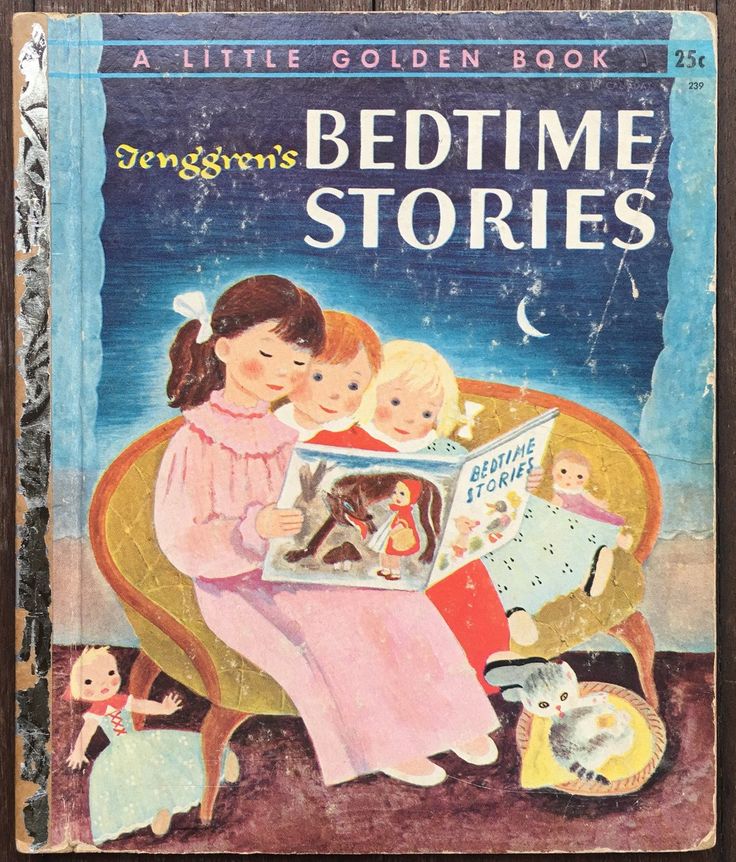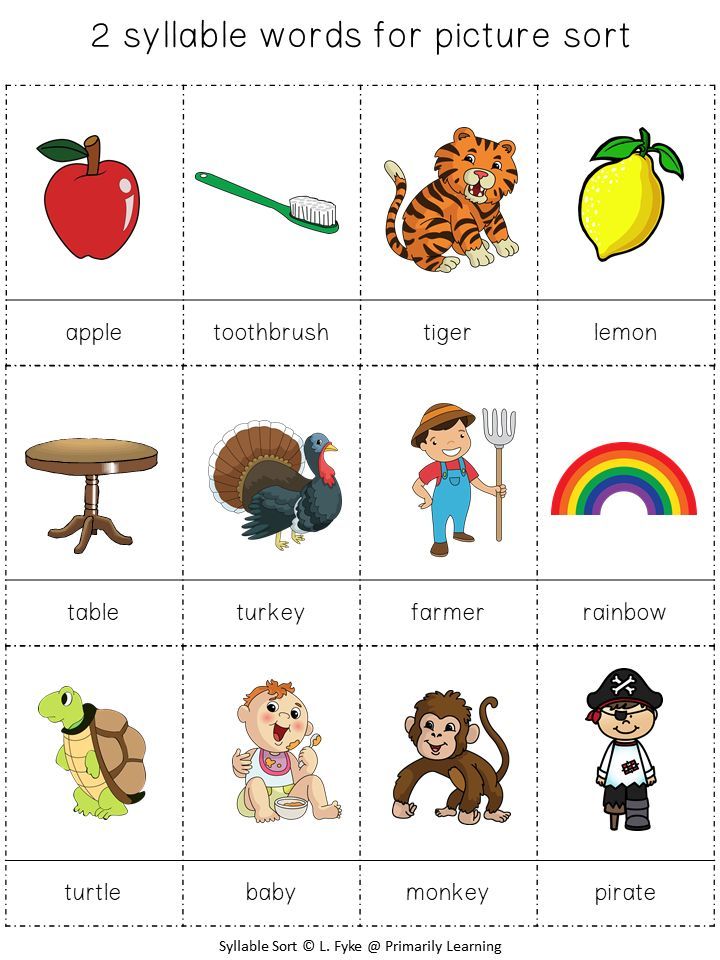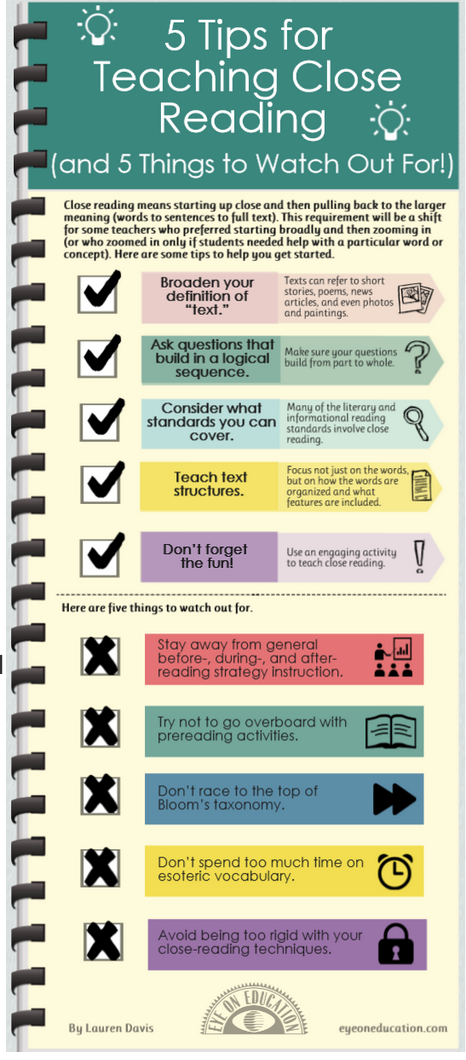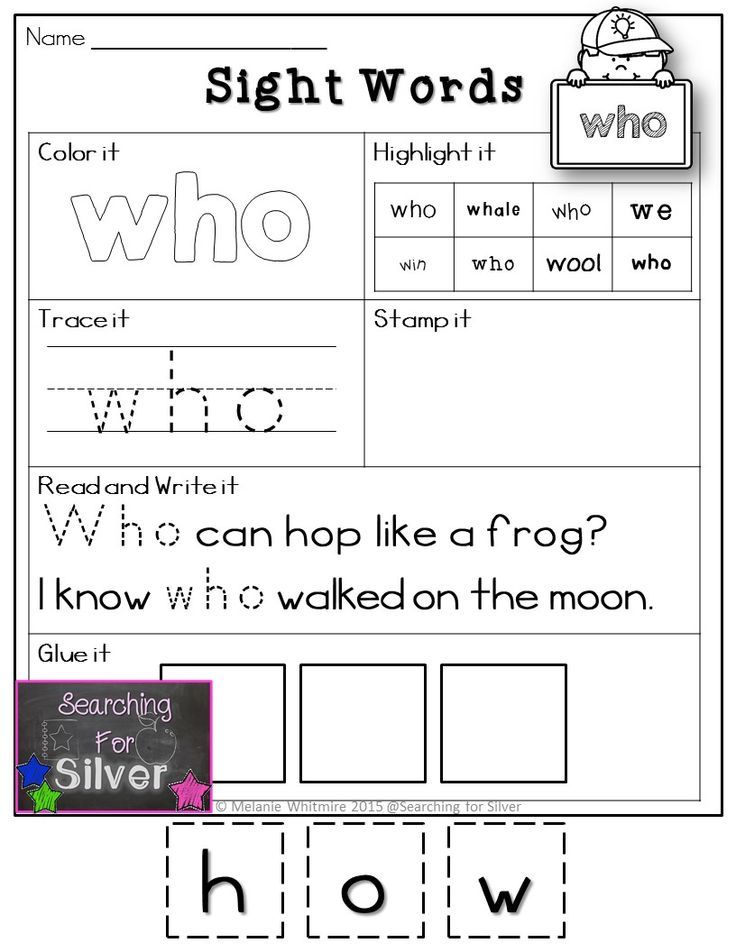Matching lower and uppercase letters
6 Upper and Lower Case Letter Matching Activities for Preschool
Letter matching activities are an excellent way for preschoolers to explore the alphabet. This is a very basic and easy upper and lowercase letter matching activity to reinforce matching letters of the alphabet in a fun way that preschoolers enjoy.
Use this FREE printable upper and lowercase letter matching activity to help solidify letter recognition in your preschool kids to help prepare them for reading.
Don’t forget to grab your FREE upper and lower case letter matching printable at the end of this post!
Free Printable Letter Matching Activity!
Young children are naturally fascinated by the letters of the alphabet. Have you ever been driving when your preschooler points to a stop sign and says, “Look, Mom! S! My name has s in it!”
Even children as young as two years may begin naming and recognizing letters, especially those in their names or those that are frequently found in their environment. (Although let me be clear that is it completely OK if they aren’t). Those are always their favorite letters.
Upper and Lowercase Letter Matching Activities for Preschool
Typically upper case letters are easier for children to learn because the straight lines and familiar “o” shapes are easier for children to recall than lower case letters which are often a mix of various shapes. Take the letter “g” for example. It has an “o” shape, a straight line, and then a hook for the tail. All those together is more difficult for a preschooler to learn than an upper case G which is mostly an “o” shape.
But soon, preschoolers are ready to begin matching upper and lower case letters, and letter matching activities like this one are a great place to start.
This free alphabet printable follows the same letter order as my preschool phonics curriculum. In my phonics lesson plans, preschoolers are introduced to letters in the order of frequency of use in the English language. That way, if you happen to have a preschooler who is developmentally ready to start decoding words, she will already have a handful of sounds that when combined make up a lot of words!
That way, if you happen to have a preschooler who is developmentally ready to start decoding words, she will already have a handful of sounds that when combined make up a lot of words!
You might also like:
These are posts that teach children how to spell their names, or teach the letters of their name.
Letter Tile Names – A Name Recognition Activity
Mosaic Letters
Tape Resist Name and Phonics Booklets
Materials for Letter Matching Activities
My favorite letter matching activities are simple and quick to prepare. You only need a few items.
- FREE letter matching printable (found at the end of this post)
- Laminator and laminating pockets (optional)
- Glue sticks
- Tray (This helps preschoolers define their workspace).
Set-Up the Letter Matching Activity
Print out your uppercase and lowercase letter matching printable. (Remember, it’s free and at the end of this post). Cut them into letter tiles.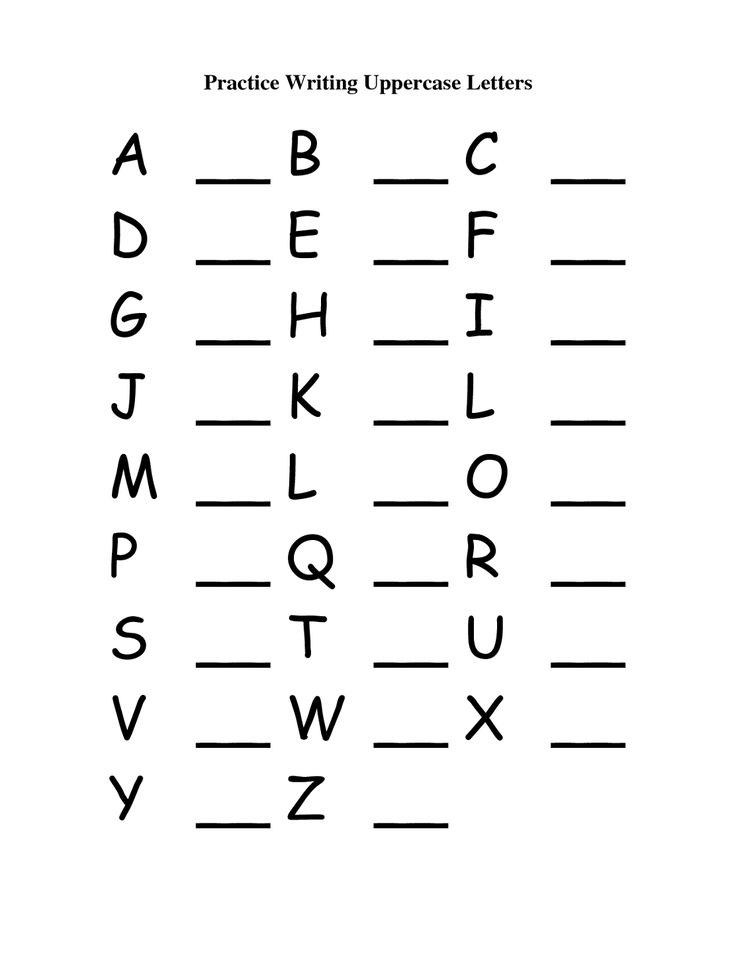 (This is my all-time favorite paper cutter!)
(This is my all-time favorite paper cutter!)
I like to laminate my cards so that kids can use them over and over again, but you can also use glue sticks to glue the letters in place if you don’t want to go to the trouble of laminating the cards. And parents like it when their kiddos bring home a letter identification activity like this one.
Give each child a single grid, 15 corresponding letter tiles, and a glue stick all placed on a tray (skip the glue sticks if you’re doing this activity as a laminated activity).
My little disclaimers for the preparation
Don’t forget to grab your FREE upper and lower case letter matching printable at the end of this post!
To save time (and prevent potential accidents) I cut out the letter tiles in advance for my 3’s class. However, if doing this activity with a 4-5’s class, I would have had the students do their own cutting. (I keep all those kid scissors organized with this colorful caddy.)
Kindergarten teachers really appreciate it when preschoolers have good scissor control.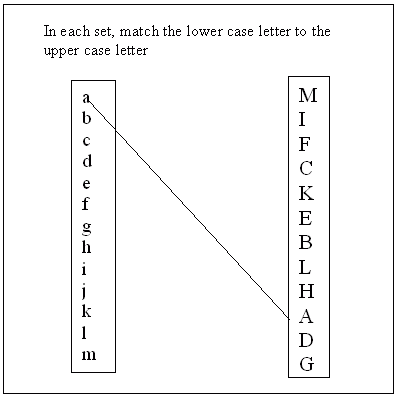 (Need some tips? Check out this post!)
(Need some tips? Check out this post!)
The Letter Matching Activity (with FREE Printable)
The object of the activity comes in two strides.
First, have your students identify each upper case letter on the grid. With the repetition of the four letters throughout the grid, identification of the letters ia solidified.
Next, show your students how to identify the lower case letters on the letter tiles and match with the upper case letters by gluing it on the grid.
To prevent random gluing, (as I knew some students would immediately gravitate to), I made an extra copy of the activity and modeled it for the students.
Once I modeled the concept with each letter, I asked the students to help me with the remaining letters. This is a traditional “I Do, Let’s Do it Together, You Do” teaching strategy). This ensured that all students knew exactly what to do when they received their own materials.
I offered this activity to my three-year-old preschool class.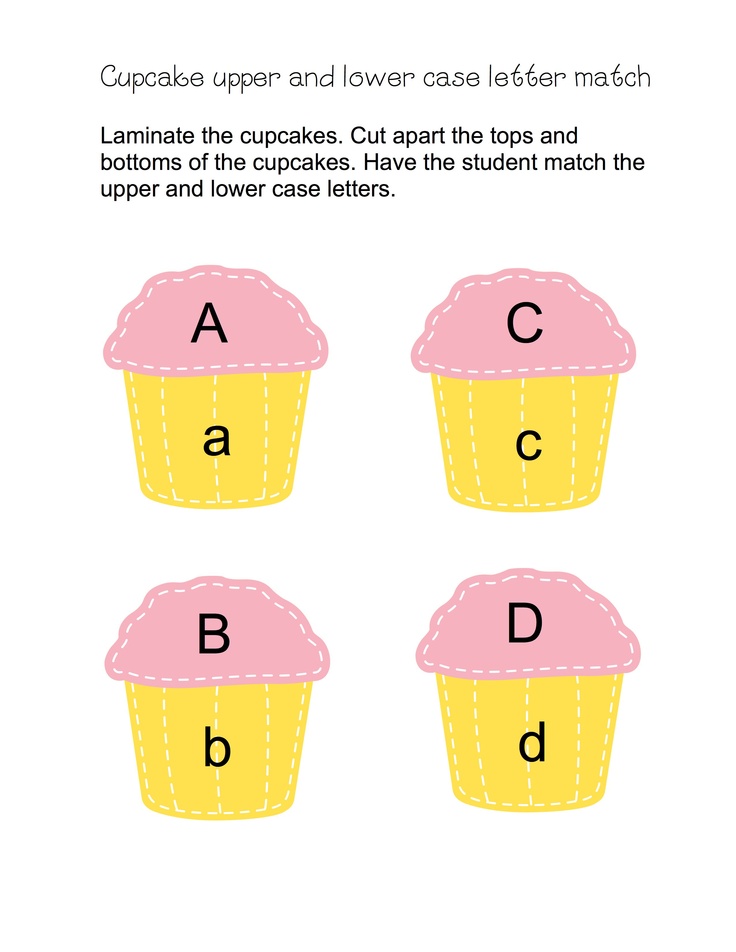 While I was expecting it to be difficult for some of my students, it was received rather well.
While I was expecting it to be difficult for some of my students, it was received rather well.
Surprisingly, our biggest challenge was not the matching of upper and lower case letters. Instead, it was learning to paste the letter tiles on the grid correctly.
You know, put the glue on the back of the tile, not the front, and put the tile right-side-up? Just the little things you wouldn’t think would be a challenge, haha!
More Letter Matching Activities
Don’t forget to grab your FREE upper and lower case letter matching printable at the end of this post!
And more ways to use this printable! After all, a printable is only a good one if it meets your needs, so here are some ways to scaffold the matching activity to different learners.
- Invite individual students to name specific letters as you point to them.
- Challenge your students to also think of something that begins with that letter. (Check out this letter/sound activity, too!)
- For younger learners, have the children sort their letters into piles before they begin gluing.
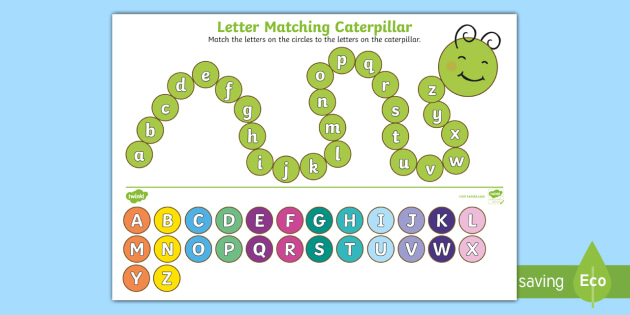 Then they only have to worry about finding one kind of letter at a time. It’s less overwhelming that way.
Then they only have to worry about finding one kind of letter at a time. It’s less overwhelming that way. - Use the letter tiles to spell out sight words or easy CVC words.
- When the grid is completed, invite your preschoolers to find small toys that begin with each letter and place them on the corresponding tiles.
Don’t forget to grab your free printable at the end of this post, and then keep reading for more letter matching activities!
You might also like
These are some of my most popular letter matching activities for preschoolers.
Rainbow Letters Race to the Top (FREE Printable)
I Spy Letters – A Letter Identification Activity for Preschoolers
Alphabet Circle Seek
The Benefits of Letter Matching
Thinking of objects that begin with the letter sound I was pointing to was difficult for the students. This is because it’s a skill that typically isn’t mastered until late preschool or not even until kindergarten for a lot of children.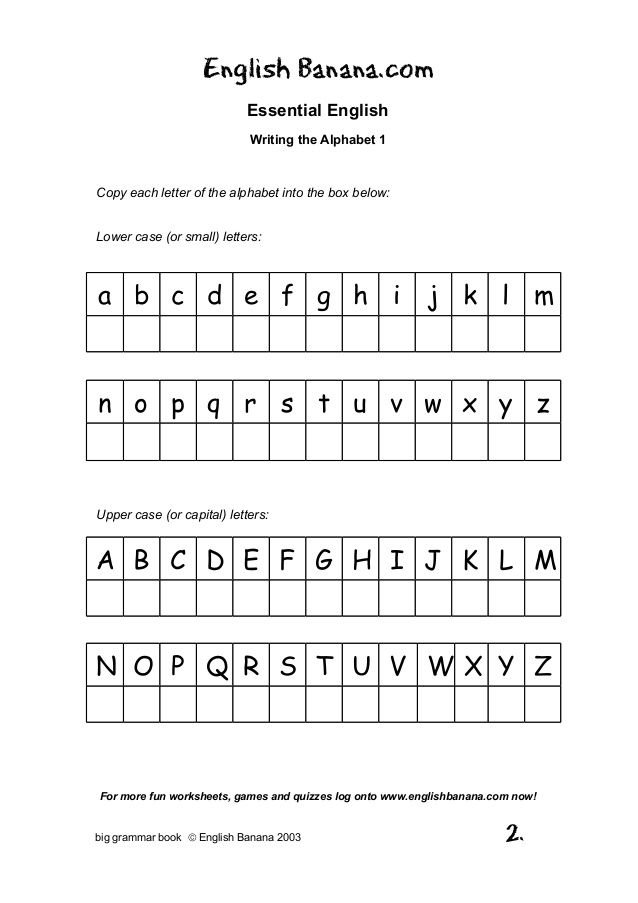 But this was a quick way for me to informally assess their letter/sound knowledge.
But this was a quick way for me to informally assess their letter/sound knowledge.
And, when I named a word, my three-year-old students were easily able to identify if that word began with the same letter to which I was pointing. This is just like our sound matching activity I threw together with just a set of animals toys and a lot like our flashcard practice.
This letter matching activity was an effective way to reinforce the letters we had been studying. It was an excellent review and the students were proud of their completed work and put it on display.
You might also like
ABC Letter Stack Game
Letter Sound Matching Activity
Initial Sound Object Matching
Grab Your FREE Letter Matching Printable
Remember, this FREE letter matching printable practices the alphabet in the same order I introduce them in my preschool literacy curriculum, which makes these perfect for each review week!
Don’t forget to keep reading for more letter matching activities!
Looking for More Letter Matching Activities?
You might enjoy these other letter matching printables.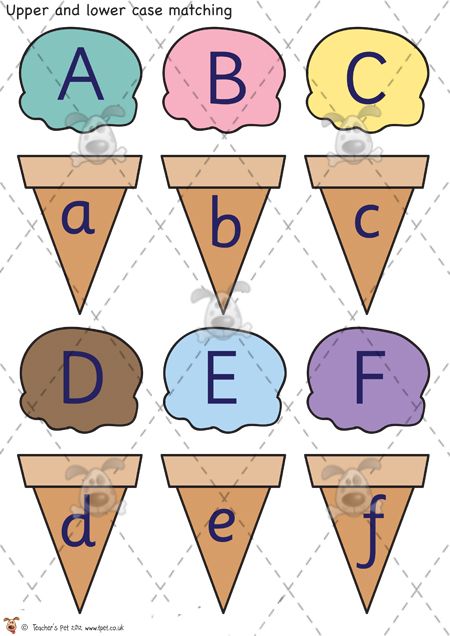 I like to use these as literacy centers.
I like to use these as literacy centers.
Want the Complete Preschool Curriculum?
You’ve got it!
The Complete Preschool Curriculum has everything you need to teach your preschoolers literacy and math in a fun and engaging way, without all the boring worksheets!
This resource includes 36 weeks of:
- oral language lessons
- phonological awareness lessons
- phonics lessons
- math lessons from all five disciplines of math (number sense, algebra, geometry, measurement, and data analysis)
- 10 weekly alphabet, letter formation, and beginning sounds centers
- 72 math centers to support all five disciplines of math
- editable preschool portfolio
- editable preschool portfolio monthly planning checklist
With detailed lesson plans offering an array of daily teaching options, you can cut your lesson planning down to a fraction of the time while still offering your preschoolers the best possible learning experience.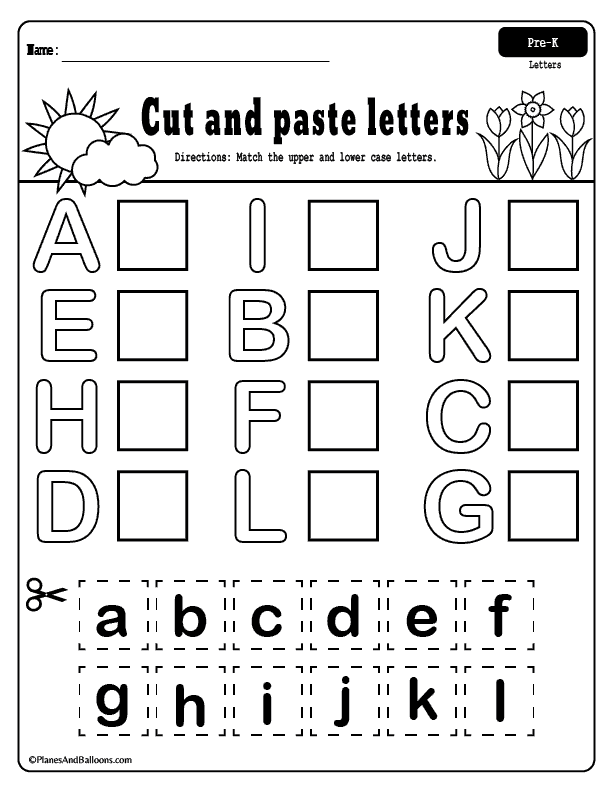
Click the image below to learn more!
Join thousands of others!
Subscribe to get our latest content by email.
We won't send you spam. Unsubscribe at any time. Powered by ConvertKitSarah Punkoney, MAT
I’m Sarah, an educator turned stay-at-home-mama of five! I’m the owner and creator of Stay At Home Educator, a website about intentional teaching and purposeful learning in the early childhood years. I’ve taught a range of levels, from preschool to college and a little bit of everything in between. Right now my focus is teaching my children and running a preschool from my home. Credentials include: Bachelors in Art, Masters in Curriculum and Instruction.
stayathomeeducator.com/
Matching Uppercase and LowerCase Letters
This interactive and hands on game to teach matching uppercase and lowercase letters is a fun gross motor game for preschool and kindergarten.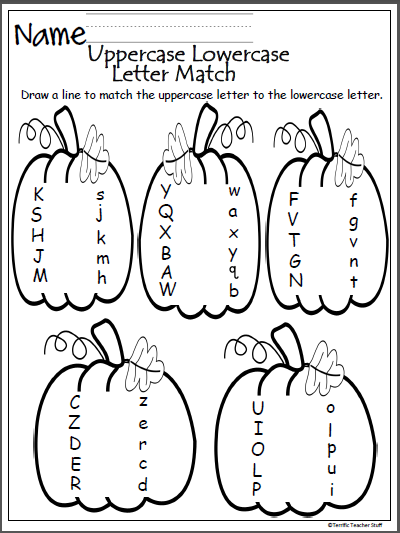 Use this interactive letter activity along as an alphabet matching with objects and a sensory-motor learning activity!
Use this interactive letter activity along as an alphabet matching with objects and a sensory-motor learning activity!
Matching uppercase letters to lowercase letters is a literacy task that supports reading skills, but also challenges visual discrimination skills, form constancy, and visual scanning, all of which are visual processing skills needed for handwriting and reading comprehension. What’s fun about this activity is that it builds these skills in a fun way!
Matching Uppercase and Lowercase Letters
Learning letters and matching upper and lower case letters is a Kindergarten skill that can be tricky for some kids. We made this easy prep letter identification activity using items you probably already have in the house. If you’ve seen our blog posts over the last few days, you’ve noticed we’re on a learning theme using free (or mostly free) items you probably already have.
We’re sharing 31 days of learning at home with free materials this month along with 25 other bloggers in the 31 days of homeschooling tips series.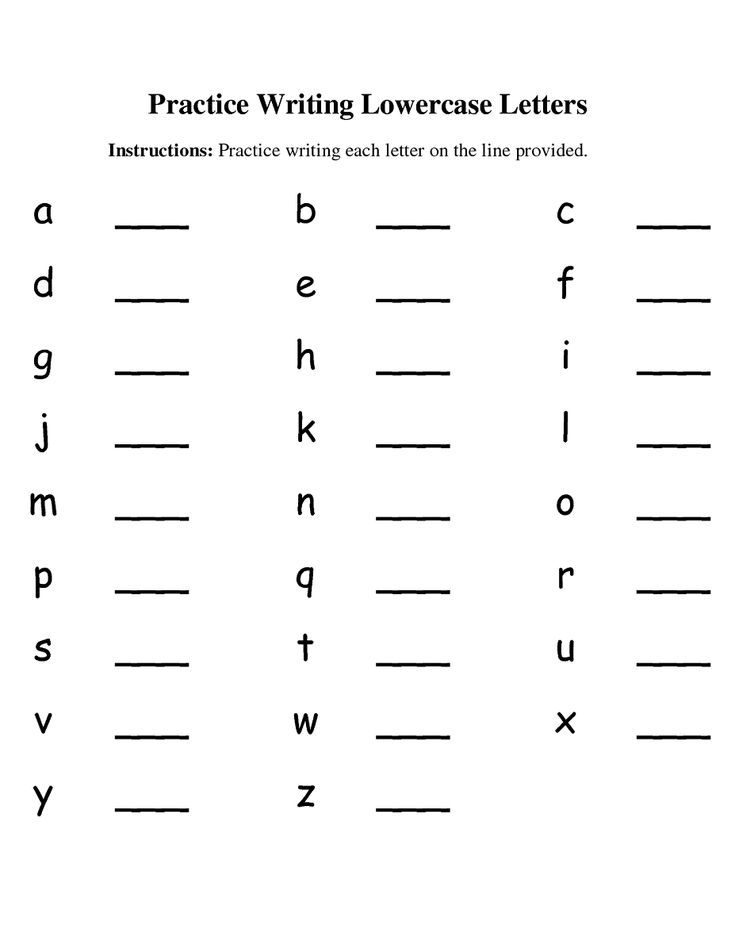
Today’s easy letter learning activity can use any letters you have around the house or magnetic letters and coffee filters.
While this activity is almost free if you’ve got the items at home already, we’re sharing the affiliate links for the items in this post.
How to play this interactive letter matching activity
You’ll need just a few items for this letter matching activity:
- Magnetic letters
- marker
- coffee filters (but paper towels or recycled paper would work as well.
To set up the activity, there are just a few steps:
- Grab the magnetic letters from the fridge and 26 coffee filters.
- Use a permanent marker to write one lower case letter of the alphabet on each coffee filter.
- With your child, match the magnetic letters to the lowercase letters on the coffee filters.
- Ask the child to help you crumble each letter inside the coffee filter that has its matching lowercase letter.
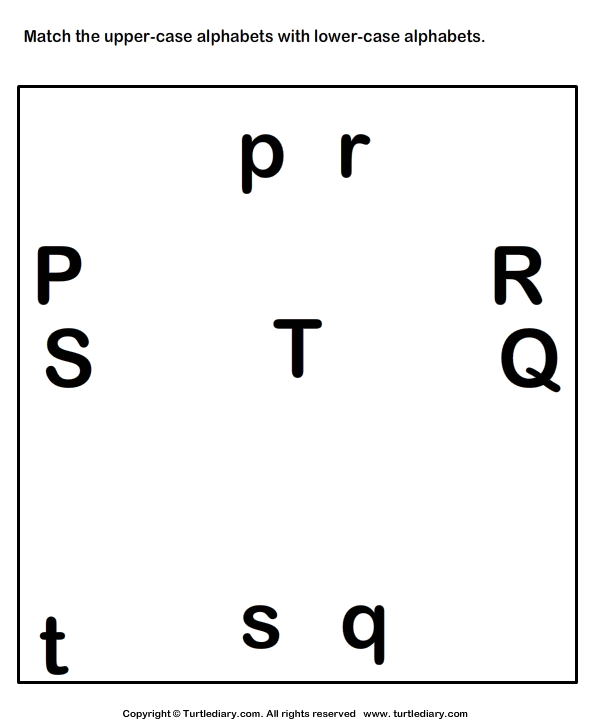
- Continue the play!
More ways to match uppercase and lowercase letters
By matching the magnetic uppercase letter to the lowercase letter on the coffee filter, kids get a chance to incorporate whole body movements and gross motor activity while looking for matching letters.
With your child, first match up each lower case coffee filter letter to the upper case magnetic letter.
You can spread the filters out to encourage visual scanning and involve movement in the activity, OR you can stack the coffee filters in a pile and one by one match up the letters. This technique requires the child to visually scan for the upper case magnet letters.
Try both ways for more upper/lower case letter practice!
We then wrapped the coffee filters around the magnets in a little bundle. There are so many games you can play with these upper and lower case letters:
- Match the same letter– match uppercase letters to uppercase letters and lowercase letters to lowercase letters.
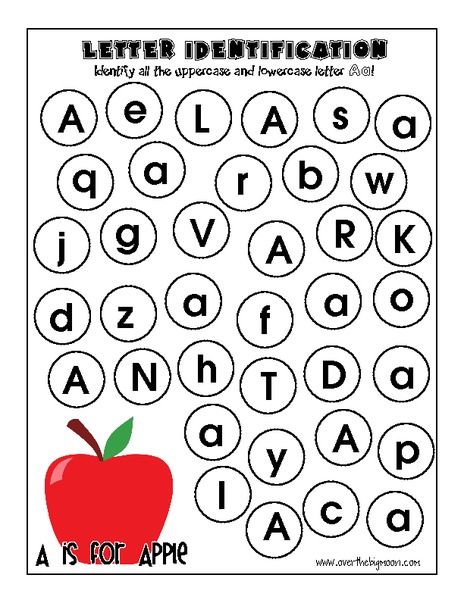
- Alphabet matching with objects– Match an object that starts with the letter of the alphabet. Use small objects inside the coffee filter and match it to lowercase letters written in the coffee filter with uppercase magnet letters.
- Match the picture with the letter– Print off pictures of words that start with each letter of the alphabet. Then match the picture with letters of the alphabet using lowercase letters written on the filter and uppercase letters in magnetic letter form.
- Play a letter memory game– Hide letters around the room and challenge kids to find the letters in order to match the uppercase letter to the lowercase letters.
- Letter sound matching– Make a letter sound and challenge kids to find the letter that makes that sound.
- Letter Hide and Seek- Hide the bundled up letters around the room while your child hides his eyes. Send him off to find the letters and ask him to open the bundle and identify the letter.
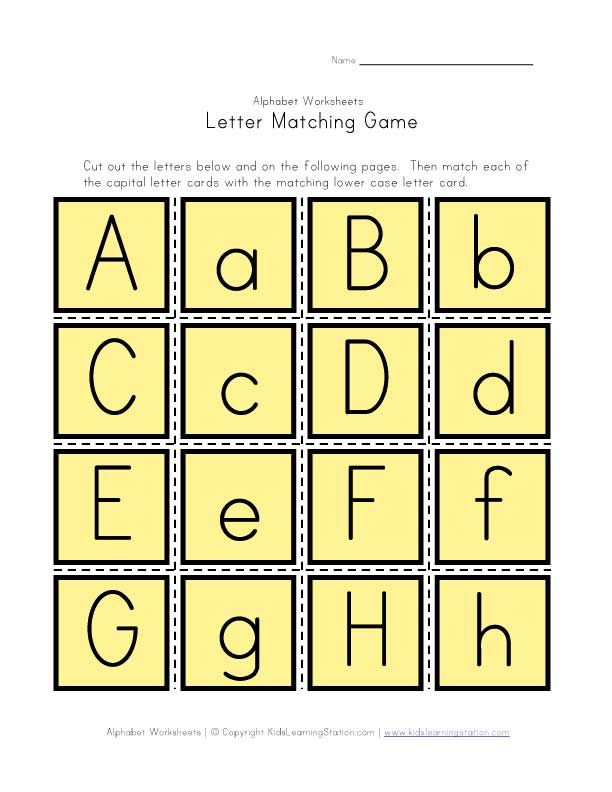
- Letter Toss Activity- Toss the coffee filter bundles into a bucket or bin. Any letters that make it into the bin are winners!
- Name the letters- Unwrap the bundles and name the letters. Spread the coffee filters out around the room. Toss magnetic letters onto the matching lower case letter.
- Letter toss game- Toss a bean bag onto the coffee filters. The child can identify the lower case letter, then go to the pile of magnetic letters and find the matching upper case letter.
Can you think of any more ways to work on upper and lower case letter matching with coffee filters and magnetic letters?
Matching Big and Small Letters
The nice thing about this activity is that you can teach the concepts of big and small letters. When we say “big letters” and “small letters”, we are showing the concept of letters that touch the top and bottom lines, or the upper case letters.
And teaching children the difference between those big letters and the small letters which touch just the middle point are part of the visual discrimination process that is needed for handwriting on the lines, or line awareness skills.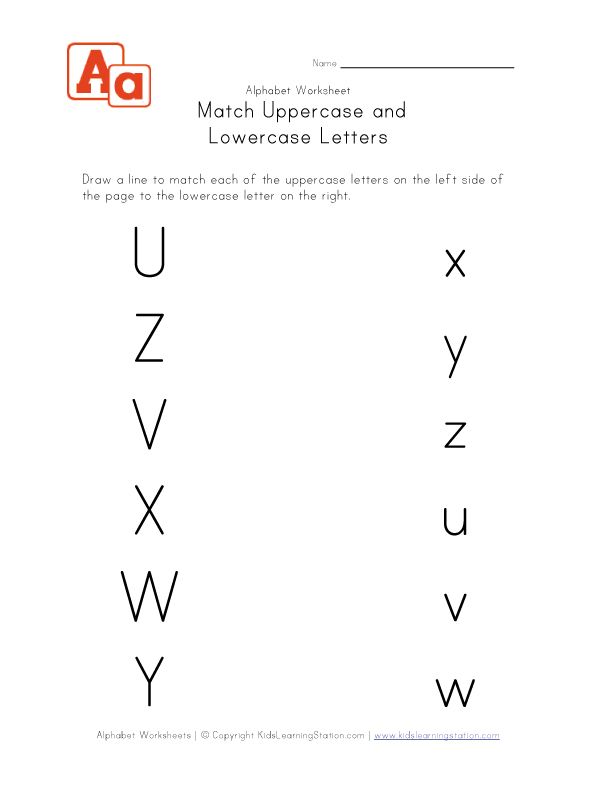
You will enjoy more alphabet posts from our archives:
- Hand-eye coordination letter match
- Building letters with baked cotton swabs
Looking for more interactive letter activities to match uppercase and lowercase letters? The Letters! Fine Motor Kit is for you!
Letter Kit for fine motor, visual motor, and sensory motor play.This 100 page printable packet includes everything you need for hands-on letter learning and multisensory handwriting!
This digital and printable packet includes these multisensory handwriting and letter formation materials:
- A-Z Multisensory Writing Pages
- Alphabet Fine Motor Clip Cards
- Cut and place Fine Motor Mazes
- A-Z Cotton Swab Cards
- A-Z Pattern Block Cards
- Fine Motor Letter Geo-Cards
- A-Z Color and Cut Letter Memory Cards
- Color By Size Sheets
- A-Z Building Block Cards
- A-Z Play Dough Letter Formation Cards
- Graded Lines Box Writing Sheets
- Alphabet Roll and Write Sheets
- Pencil Control Letter Scan
- Color and Cut Puzzles
Uppercase and lowercase letters in documents
When compiling documents and checking projects prepared by executors, it is quite often necessary to “take out” errors from them, incl.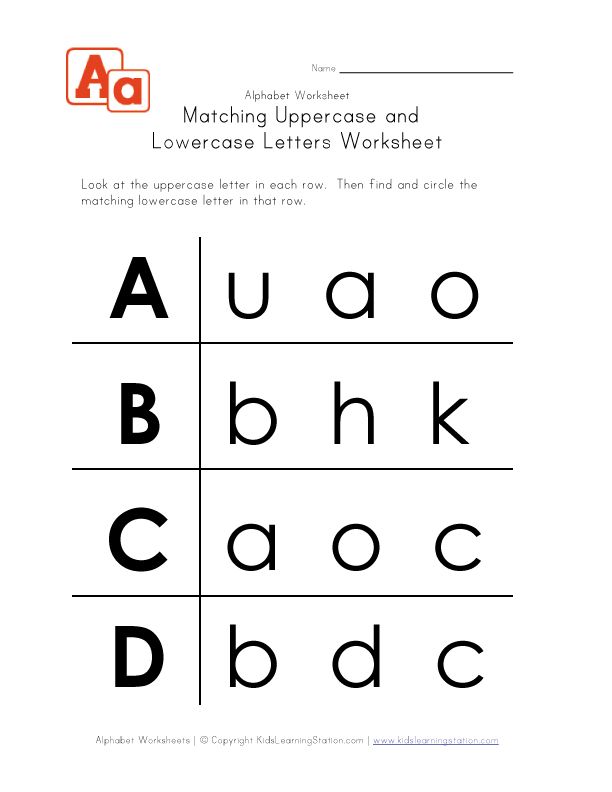 fight for literacy. And this article will help you with this. You will figure out what letter to write the legal form in the name of the company, as well as the names of government agencies, structural divisions, positions, elements of foreign names of people, names of documents, the word "application", the names of the subject of the Russian Federation, geographical concepts, airports, railway stations, streets , metro stations, events and holidays, when you write with a capital letter, and when with a small letter. The difficulty lies in the fact that sometimes the choice of lowercase or uppercase letter for a particular element can be different. And it depends on the specific circumstances.
fight for literacy. And this article will help you with this. You will figure out what letter to write the legal form in the name of the company, as well as the names of government agencies, structural divisions, positions, elements of foreign names of people, names of documents, the word "application", the names of the subject of the Russian Federation, geographical concepts, airports, railway stations, streets , metro stations, events and holidays, when you write with a capital letter, and when with a small letter. The difficulty lies in the fact that sometimes the choice of lowercase or uppercase letter for a particular element can be different. And it depends on the specific circumstances.
The capital letter has 2 roles:
1. Serves to highlight certain sections of text. It is placed at the beginning of the text and after punctuation marks that end the sentence (after a period, ellipsis, question mark or exclamation point). This rule is usually not difficult.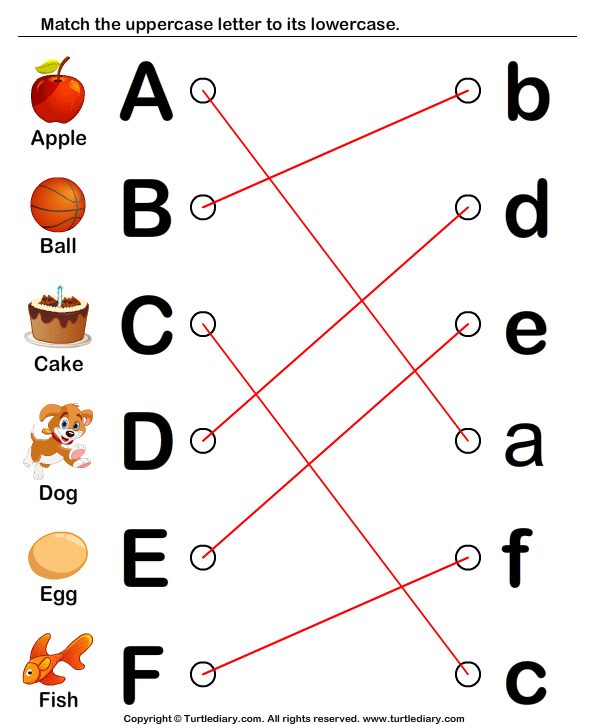 Although a lowercase (small) letter after the signs "!" or "?", but in business speech this almost never happens.
Although a lowercase (small) letter after the signs "!" or "?", but in business speech this almost never happens.
2. Allows to distinguish proper names from common nouns. And this rule is very popular in business speech.
For information
Previously, in Rus' everything was written in continuous text, even without spaces between words. Only the very beginning of the text was marked with a beautiful letter, decorating it to make it more noticeable. Such a letter was larger than others, it was called a capital letter or capital letter (meaning spelled out, painted).
When punctuation marks appeared, it was necessary to indicate the beginning of a sentence - here again a capital letter came in handy. True, you can’t save up for every offer of artistic delights. And the uppercase lost its beauty, retaining the name and size, which is larger than that of other letters in the line - lowercase.
Some languages make extensive use of capitalization, for example marking almost all nouns in text.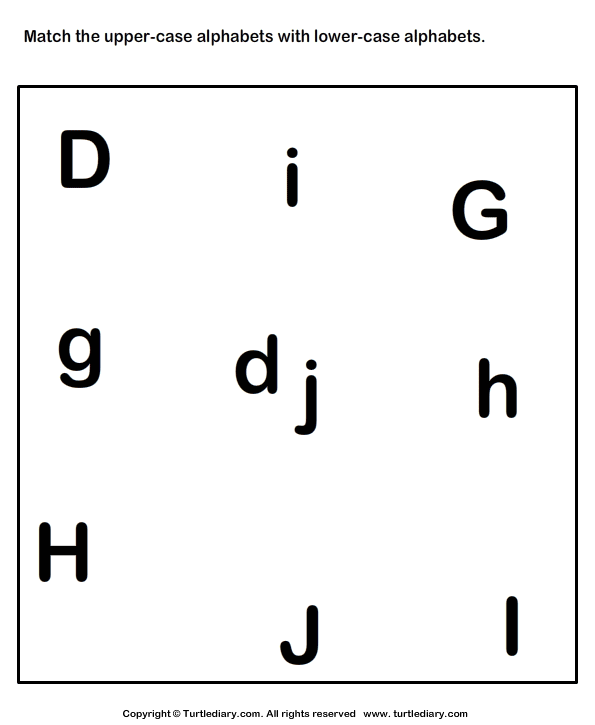 Admirers of the English language strive to impose the same rules in Russian. But you don’t need to mindlessly adopt other people’s rules in your monastery.
Admirers of the English language strive to impose the same rules in Russian. But you don’t need to mindlessly adopt other people’s rules in your monastery.
Proper names are divided into 2 groups:
- The first is proper in the narrow sense (they belong to someone or something). These include:
- names and nicknames of people,
- animal names,
- geographical and astronomical names.
- Second group - item . These are the names of authorities, other institutions and other organizations, associations, historical eras, public events, newspapers, magazines, books, awards, industrial products and much more.
The spelling of proper names is regulated by the rules of the Russian language. And although there are many difficult ones among them, still remember them in order to be guided by a literate person. The general rule is: in proper names (in the narrow sense), all words are capitalized.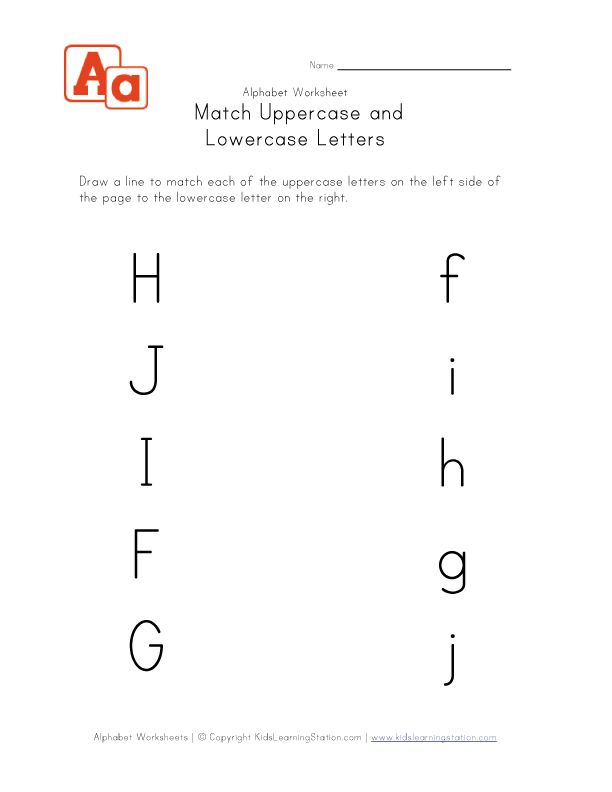 For example: Nikolai Vasilyevich Gogol (first name, patronymic and last name of a person), Santa Claus (name of a fairy-tale character), Kashtanka (animal nickname), Sirius (star name), Ursa Major (astronomical name), Kamchatka (geographical name), Krivoy Rog (city name).
For example: Nikolai Vasilyevich Gogol (first name, patronymic and last name of a person), Santa Claus (name of a fairy-tale character), Kashtanka (animal nickname), Sirius (star name), Ursa Major (astronomical name), Kamchatka (geographical name), Krivoy Rog (city name).
In speech, proper names are usually accompanied by words denoting gender . For example: a dog (generic term) Bug (name) was playing in the yard. So generic terms do not belong to proper names, they are common nouns and are written with a lowercase letter.
Names of people, incl. foreign
First name, patronymic and last name are always capitalized.
Double surnames are written with a hyphen and both with a capital. For example, Sukhotina-Tolstaya, Rimsky-Korsakov.
Own function words included in names (prepositions, articles) are written in lower case. They are not in Russian names. And in foreign languages, words denoting social status, family relations, and the like are not uncommon.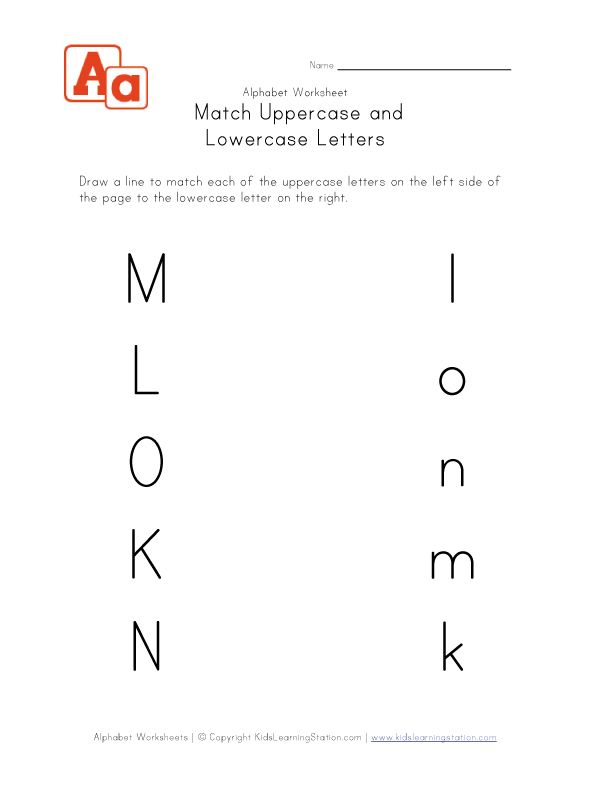 They can be considered generic terms. The following words are used in Eastern names: yeah, hell, al, al, ar, ash, bey, bek, ben, zade, ibn, kyzy, ogly, pasha, khan, ed, el. According to the general rule, they are all written with a lower case - Kerim-aga, Omar ash-Sharif, Bashar Hafez al-Assad.
They can be considered generic terms. The following words are used in Eastern names: yeah, hell, al, al, ar, ash, bey, bek, ben, zade, ibn, kyzy, ogly, pasha, khan, ed, el. According to the general rule, they are all written with a lower case - Kerim-aga, Omar ash-Sharif, Bashar Hafez al-Assad.
But a capital letter is also possible. For example, if the particle ibn precedes the name: Ibn Sina. And also in a number of names, the spelling of which is determined by tradition. Usually prepositions, articles, etc. function words (van, yes, das, de, della, der, di, dos, du, la, le, background, etc.) are written with lowercase (Leonardo da Vinci, Hans von Bülow, Honore de Balzac).
But capitalization is also possible, as in the source language: Charles De Coster, Dos Passos, Leonardo DiCaprio.
Well, DiCaprio may not get a job in a Russian company. But the spelling of Korean, Vietnamese, etc., as well as Chinese names is better to know. These names consist of 2 or more parts, and each (even 1 letter) is capitalized. For example: Deng Xiaoping, Park Su Yong, Le Thanh Ngi.
These names consist of 2 or more parts, and each (even 1 letter) is capitalized. For example: Deng Xiaoping, Park Su Yong, Le Thanh Ngi.
In Japanese names we meet particle san , which is written with a hyphen and lowercase (Cio-Cio-san).
Capitalized and hyphenated, Ter- is written in Armenian surnames: Ter-Petrosyan, Ter-Akopov.
Geographical names and administrative-territorial names
If a company has a wide geography of sales or a large branch network, then different geographical names are mentioned in documents every now and then. Let's recall the rules for writing them.
In the names of continents, water bodies, mountains, countries, settlements, streets, etc., all words are written with a capital letter.
Functional words and the words “name, year, year” are written in lowercase, if they are included in the name: Zverev Street, Rostov-on-Don.
And, as a general rule, generic terms, being common nouns, are written with lowercase.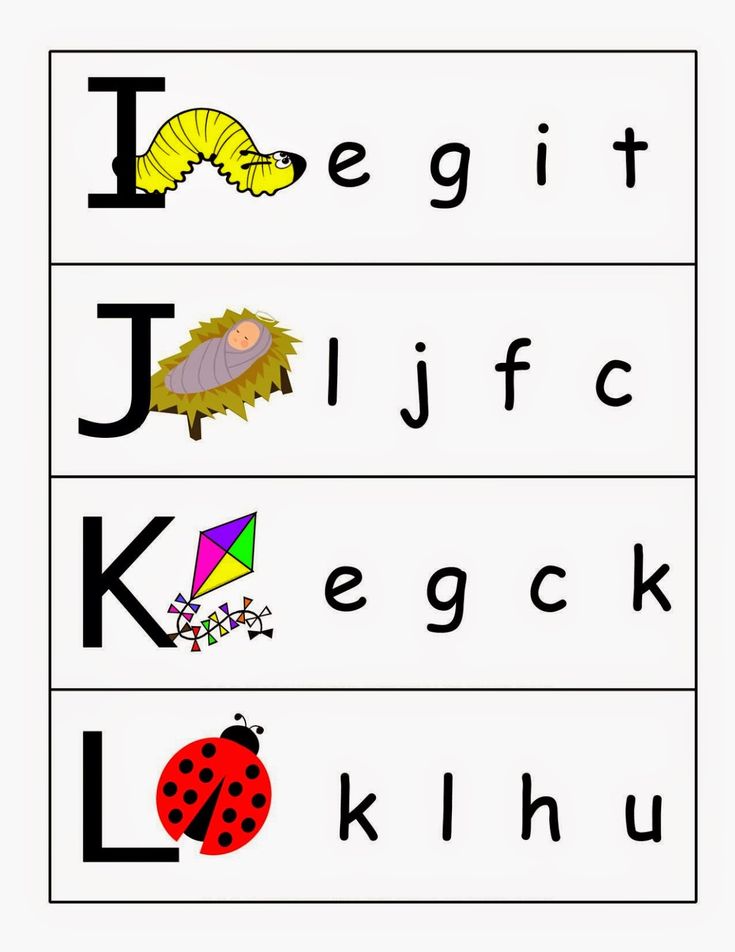 For example: Northern Hemisphere, Krasnodar Territory, Hokkaido Prefecture, Tverskaya Street, Bolshoy Kamenny Bridge.
For example: Northern Hemisphere, Krasnodar Territory, Hokkaido Prefecture, Tverskaya Street, Bolshoy Kamenny Bridge.
There is a nuance regarding foreign proper names. If the generic name is in Russian...
Uppercase and lowercase letters / Sudo Null IT News
I have collected here some not-so-obvious facts about uppercase and lowercase letters that a programmer may encounter at work. Many of you have translated strings into “all uppercase” (uppercase), “all lowercase” (lowercase), “first capital, and the rest lowercase” (titlecase). Even more popular is the case-insensitive comparison operation. On a global scale, such operations can be quite non-trivial. The post is structured as a "collection of misconceptions" with counterexamples.
1. If I convert the string to uppercase or lowercase, the number of Unicode characters does not change.
No. The text may contain lowercase ligatures, which do not correspond to one character in upper case. For example, when translating to uppercase: fi (U+FB00) -> FI (U+0046, U+0049)
For example, when translating to uppercase: fi (U+FB00) -> FI (U+0046, U+0049)
2. Ligatures are a perversion, no one uses them. If they are not taken into account, then I'm right.
No. Some letters with diacritics do not have an exact match in other case, so you have to use a combined character. Let's say the Afrikaans language has the letter ʼn (U+0149). In upper case, it corresponds to a combination of two characters: (U+02BC, U+004E). If you come across a transliteration of Arabic text, you may encounter (U+1E96), which also does not have a single-character match in upper case, so you will have to replace it with (U+0048, U+0331). The Wakhi language has a letter (U+01F0) with a similar problem. You may argue that this is exotic, but there are 23,000 articles in Afrikaans on Wikipedia.
3. All right, but let's consider a combined character (involving modifying or combining code points) as one character. Then the length will still be preserved.

No. There is, for example, the letter "escet" ß (U+00DF) in German. When converted to uppercase, it turns into two SS characters (U+0053, U+0053).
4. Okay, okay, got it. We will assume that the number of Unicode characters can increase, but not more than twice.
No. There are specific Greek letters, for example, (U+0390) that turn into three Unicode characters (U+0399, U+0308, U+0301)
5. Let's talk about titlecase. Everything is simple here: I took the first character from the word, translated it into uppercase, took all the subsequent ones, translated it into lowercase.
No. Let's remember the same ligatures. If a word in lowercase begins with fl (U+FB02), then in uppercase the ligature becomes FL (U+0046, U+004C), but in titlecase it becomes Fl (U+0046, U+006C). The same with ß, but, theoretically, words cannot begin with it.
6. Those ligatures again! Well, we take the first character from the word, translate it into uppercase, if more than one character is obtained, then we leave the first one, and the rest back into lowercase.
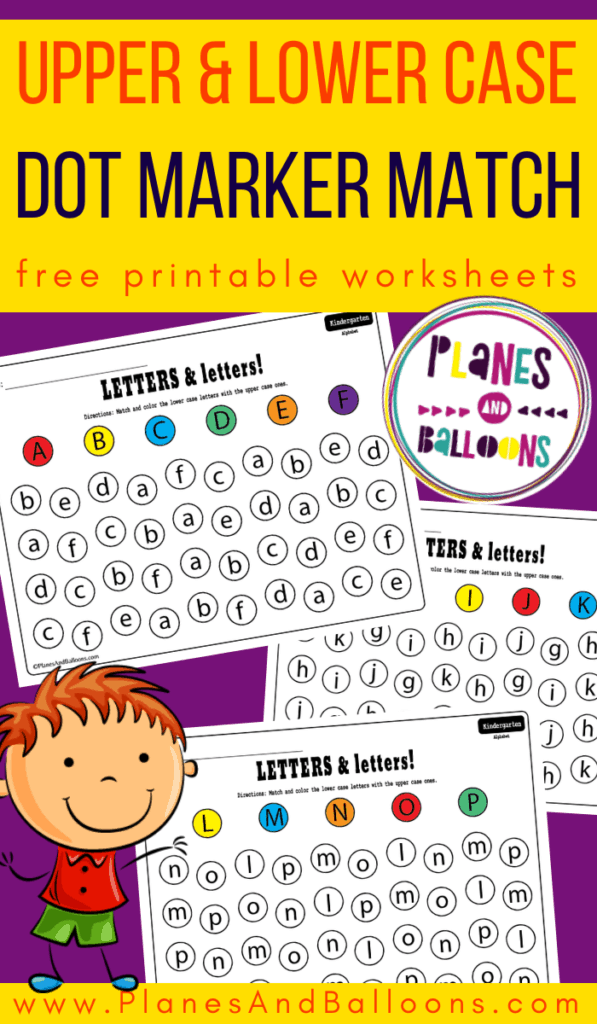 Then it will definitely work.
Then it will definitely work. Won't work. There is, for example, the digraph dz (U+01F3), which can be used in text in Polish, Slovak, Macedonian or Hungarian. In uppercase it corresponds to the digraph DZ (U+01F1), and in titlecase it corresponds to the digraph Dz (U+01F2). There are other digraphs. The Greek language, on the other hand, will please you with jokes with hypogegrammen and progegrammen (fortunately, this is rarely found in modern texts). In general, the uppercase and titlecase variants for a character can be different, and there are separate entries for them in the Unicode standard.
7. Good, but at least the result of converting a character's case to uppercase or lowercase does not depend on its position in the word.
No. For example, the Greek capital sigma Σ (U+03A3) becomes a lowercase ς (U+03C2) at the end of a word and σ (U+03C3) in the middle.
8. Oh, well, let's process the Greek sigma separately.
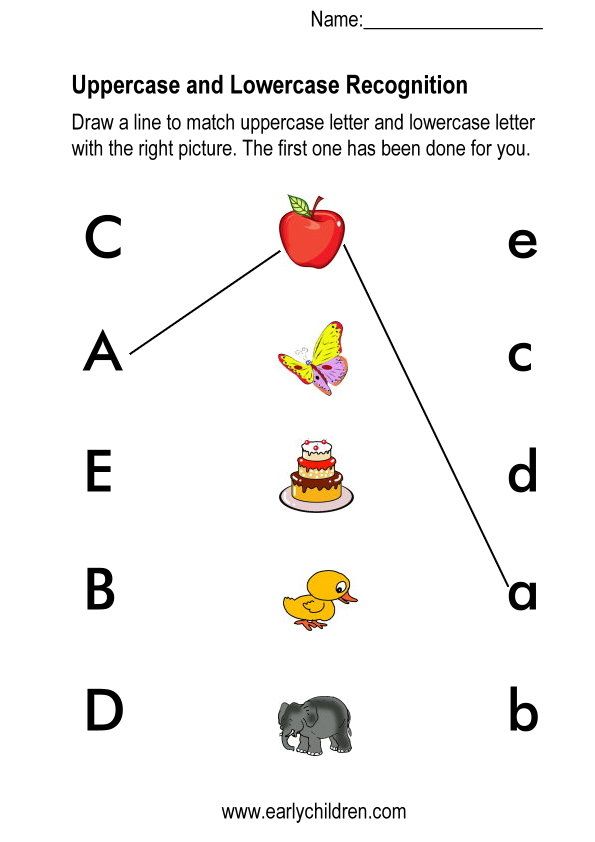 But in any case, the same character in the same position in the text is converted in the same way.
But in any case, the same character in the same position in the text is converted in the same way. No. For example, in most Latin languages, the lower case for I (U+0049) is i (U+0069), but not in Turkish and Azeri. There, the lower case for I is ı (U+0131) and the capital case for i is İ (U+0130). In Turkey, because of this, enchanting bugs are sometimes observed in a variety of software. And if you come across a text in Lithuanian with accents, then, for example, a capital Ì (U + 00CC), which will turn not into ì (U + 00EC), but into (U + 0069, U + 0307, U + 0300) . In general, the result of the conversion also depends on the language. Most of the complex cases are described here.
9. What a horror! Well, let's now correctly convert to uppercase and lowercase. Comparing two words case-insensitively is not a problem: we translate both into lowercase and compare.
There are also many pitfalls that follow from the above.